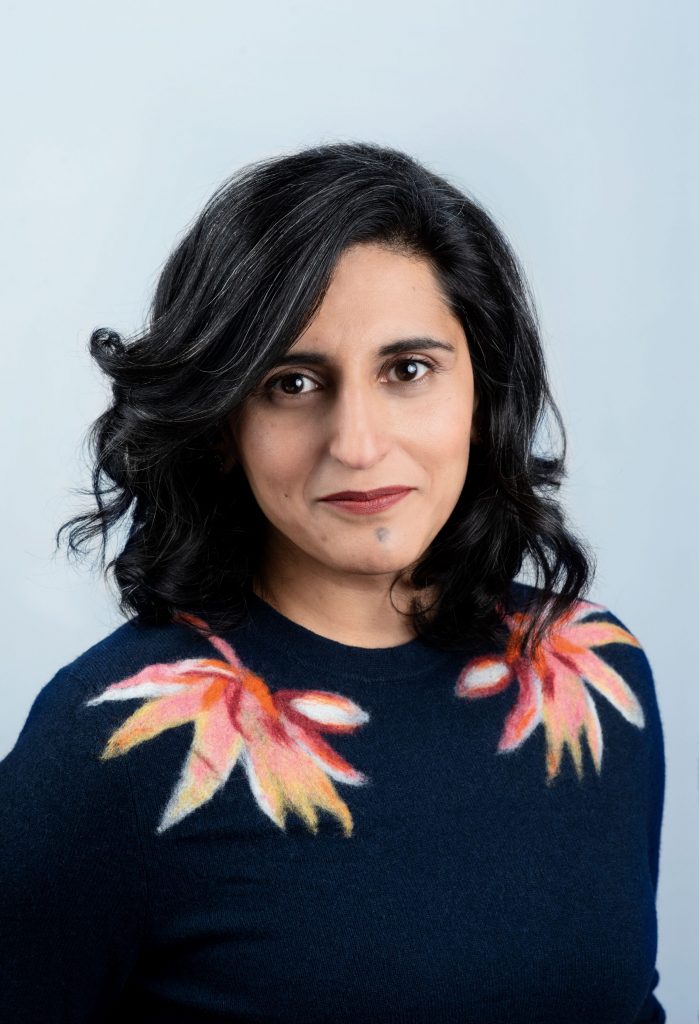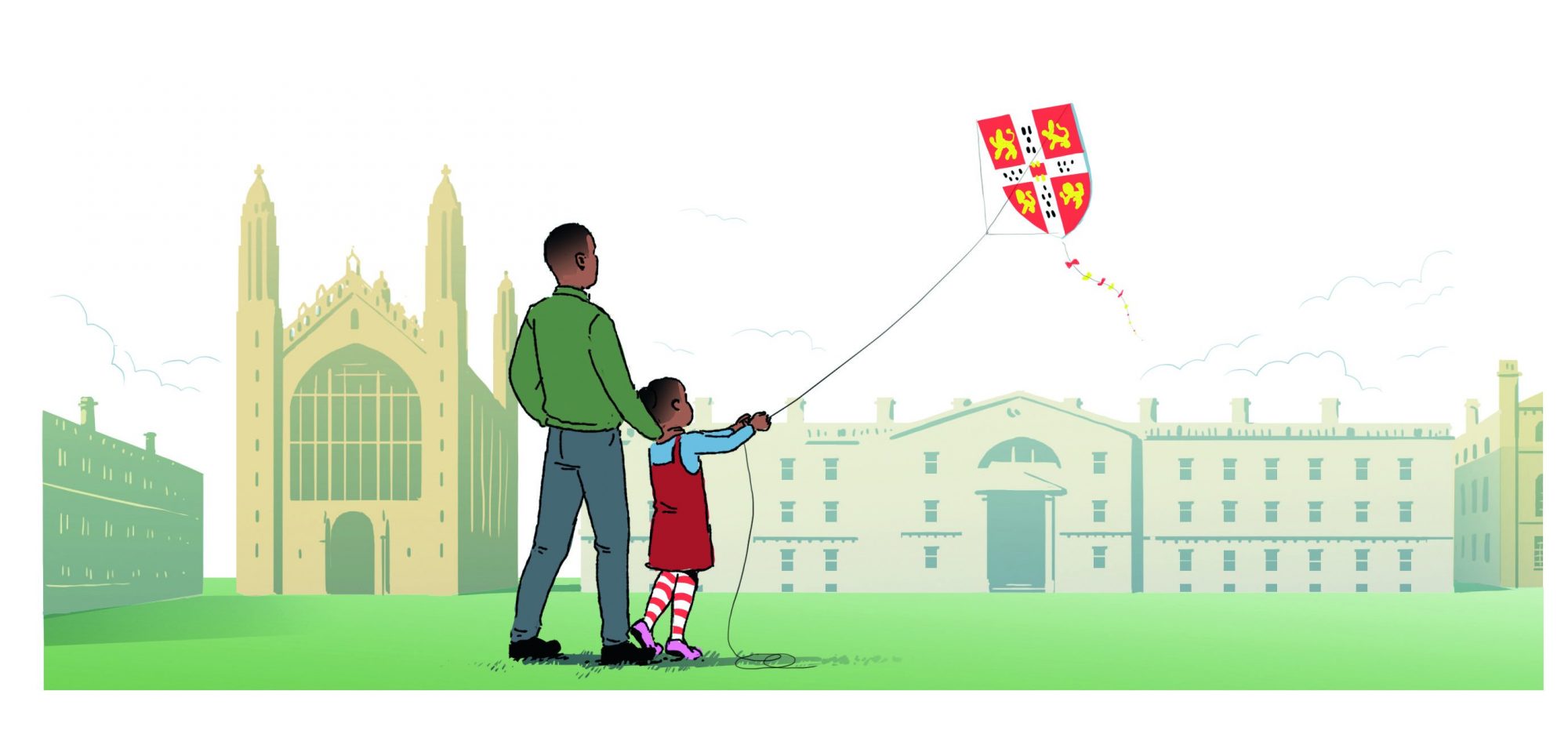Inbox: CAM 97

Editor’s letter
Welcome to the Michaelmas Term edition of CAM. Not everyone can make it to a Blue, a Footlights Smoker or CUMS. But no matter: because as anyone who has taken their seat at the back desk of the orchestra, sat on the bench for the College’s Third Eleven or featured as a non-speaking spear carrier knows, there is great enjoyment to be had doing things you love, even (especially?) those for which you have no discernible talent beyond enthusiasm. So, I was thrilled to discover that performance – no matter how shocking – is good for you.
In normal times, economist Dr Alexander Rodnyansky can usually be found in his office on the Sidgwick Site. But since the start of the war in Ukraine, he has been based in Kyiv, working as economic adviser to Ukrainian President Volodymyr Zelensky. He spoke to CAM in September for a vital Don’s Diary.
Elsewhere, we discuss the ethics of genomics with Professor Anna Middleton, discuss the meaning of life, and find out how the Cambridge Stem Cell Institute is unlocking the power of regeneration.
And finally: Merry Bridgemas! Yes, you heard that right: Bridgemas. And no, it’s not too early. Welcome to the Cambridge tradition you never knew you needed – until you did.
On these topics – and on all things Cambridge related – we look forward to your contribution to the debate, by post and email or on social media.
Mira Katbamna (Caius 1995)

Inbox
I have to disagree with you on Shakespeare and Virgil. Old Shakey had his dull moments – but Virge the Dirge was an utter disaster. Line after line of obscure words in random sequence, with no discernible metric to give a touch of oratory. My exam strategy for Virgil was to memorise the general contents of that page. If I then recognised the page on the exam paper, I would spout my memories, in the hope of gaining one or two marks.
Michael Gorman (King’s 1963)
Your item about the Raspberry Pi prompts me to relate the widespread international use of the Pi by radio hams. A Pi can run your ‘shack’ using remote tech. It can run radio telescopes and aerials for satellite tracking and contacts, including for the ISS. It’s an excellent ‘in the field’ ops system. Hams everywhere harness it to do more and more – cheap, robust, reliable as long as you tell it clearly what you need to do. Many of us are also citizen scientists, doing background number crunching using the Pi for SETI and other astronomy projects. Well done to the Cambridge team that made this work. Endless uses and simplicity of concept. Brilliant!
Maggie Atkinson, née Cragg (Newnham 1975)
Once upon a time, I was hiring programmers. My employer required all applicants to take a personality test; I suspected that these were largely bunkum and didn’t take the results terribly seriously. “It says here,” I read, with a grin, “that you’d be a natural for a salesman’s job, so I’m wondering why you’re applying for this position as a software engineer?” The answer I got was not one I’d expected. “Hey, yes, what a brilliant idea, thanks!” said the happy-looking applicant as he gathered up his things and walked out of the interview.
Tim Ward (Churchill 1973)
If anyone tells you only a person from ‘x’ kind of school or home can go to Oxford/ Cambridge, please show them this article. Thank you @AshleyJBaptiste for telling it for those of us from state comps, and for students who are #CareExperienced
Suzanne Jacob (Robinson 1999) @SuzanneEJacob
When I was a First Year at @FitzwilliamColl 34 years ago, I too was on B corridor. These ‘my old room’ articles are always my favourites @Cambridge_Uni
Stefan Marciniak (Fitzwilliam 1988) @Prof_Marciniak
As a regular visitor to B staircase Fitz in my first year for after-dinner brainstorming sessions, I was interested in what Ashley John-Baptiste and Stephanie Owen had to say about it.
The rooms had small, wall-mounted electric heaters. By winding small pieces of wire (unwound paperclips were ideal) around the bars of their safety guards, slices of bread could be hung in front of the heating elements and toasted. Someone had to keep an eye on it to make sure the bread didn’t get too hot and, of course, turn it round to do the other side.
Three or four of us could get through a thick sliced loaf in an evening as we tried to figure out the intricacies of enthalpy and entropy, bending moments and shear forces, transformers and squirrel-cage rotors.
Do students of today eat toast or have they supposedly more healthy alternatives?
Richard Holroyd (St John’s 1968)
I’m really loving the accessibility and immediacy of the online CAM magazine. I was also very inspired by two of the latest articles: the piece on Ashley John-Baptiste’s room in Fitz, which looked very familiar because it was two floors directly below my own room in Fitz back in ’84, and the lovely article about Fitzbillies.
Jill Marshall (Fitzwilliam 1984)
I’d like to nominate CAM 96 for an ‘understatement of the year’ award. On page 26, Professor Suchitra Sebastian is quoted as saying a milligram of these materials contains 10²³ electrons. That ‘10²³’ is read as ‘ten to the twenty three’ and it means one followed by 23 noughts (100,000,000,000,000,000, 000,000), a hundred sextillion. The editor apparently read it as 1,023 and put “more than a thousand”, but a hundred sextillion is indeed more than a thousand – in fact it is a hundred quintillion times as much.
Silas Brown (St John’s 1997)
Editor’s note: Award sheepishly accepted.
Your article brought forth many sentimental memories. I was an active climber 1957-1959 and used to go out regularly on various structures with my friend, Julian Robinson, from Trinity, after hot soup to bolster courage. My recollection of the climbs are among the most intense experiences of my undergraduate life. I remember the moon over Cambridge rooftops as a beautiful and worldly experience. It certainly intensified my appreciation of architecture.
Stephen Bondy (St Catharine’s 1956)
Write to us
We are always delighted to receive your emails, letters, tweets and facebook posts.
- By email
- cameditor@alumni.cam.ac.uk
- By writing
- CAM, 1 Quayside, Bridge Street, Cambridge, CB5 8AB
- By Twitter
- @Cambridge_Uni
- By Facebook
- facebook.com/cambridgealumni
Please mark your letter ‘For publication’. Letters may be edited for length.



